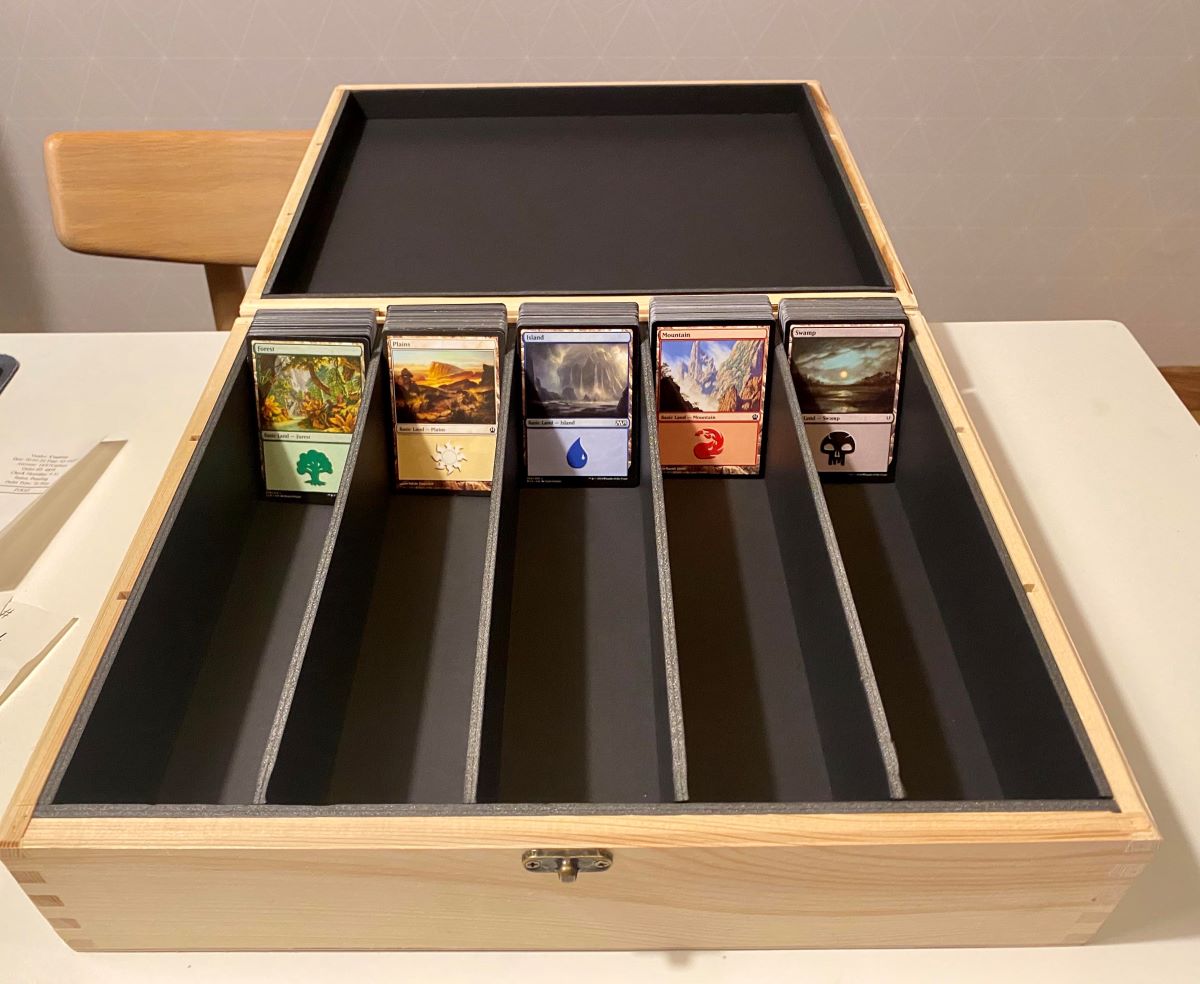

Articles
How To Store Mtg Cards
Modified: May 6, 2024
Learn how to properly store your Mtg cards with these helpful articles. Find tips, techniques, and recommendations to keep your cards in pristine condition.
(Many of the links in this article redirect to a specific reviewed product. Your purchase of these products through affiliate links helps to generate commission for Storables.com, at no extra cost. Learn more)
Introduction
Welcome to the world of Magic: The Gathering (MTG) cards, where collecting and preserving your precious cards is crucial. Whether you are a casual player or a serious collector, proper storage and maintenance of your MTG cards are essential to ensure their longevity and value. In this article, we will explore the different storage options, organization methods, and protective measures you can take to keep your collection safe.
MTG cards are more than just pieces of cardboard. They hold sentimental value and can be highly valuable in the trading and collecting community. That is why it’s important to invest time and effort into properly protecting and storing them.
To begin, let’s look at some of the basic card storage options available:
Key Takeaways:
- Protect your MTG cards with card sleeves, deck boxes, and storage binders to maintain their condition and value. Organize by color, set, or rarity for easy access and consider long-term storage options for maximum protection.
- Implement additional protective measures like toploaders, playmats, and inner card sleeves to safeguard your most valuable cards. Regular cleaning and careful handling will ensure your MTG cards remain in pristine condition for years to come.
Read more: How To Store Card Games
Basic Card Storage Options
1. Card Sleeves:
Card sleeves are a must-have for any MTG player or collector. These transparent, protective sleeves slide over your cards, shielding them from dirt, moisture, and wear. They come in various sizes and materials, with the most popular being Ultra Pro and Dragon Shield. Remember to choose sleeves that fit your cards snugly to prevent shifting and damage.
2. Deck Boxes:
Once your cards are sleeved, you need a sturdy container to store and transport your decks. Deck boxes come in a variety of sizes, designs, and materials, ranging from plastic to metal. Look for options that provide ample space for your sleeved cards, have secure closures, and offer compartments for dice, tokens, and other accessories.
3. Storage Binders:
If you enjoy organizing your cards and showcasing them, storage binders are a fantastic choice. These binders have clear, pocketed pages where you can slide your cards into sleeves and display them like a mini gallery. They allow for easy browsing and can be a great way to keep track of your collection.
Now that you have your cards protected and stored, let’s dive into different methods of organizing and sorting them:
Key Takeaways:
- Protect your MTG cards with card sleeves, deck boxes, and storage binders to maintain their condition and value. Organize by color, set, or rarity for easy access and consider long-term storage options for maximum protection.
- Implement additional protective measures like toploaders, playmats, and inner card sleeves to safeguard your most valuable cards. Regular cleaning and careful handling will ensure your MTG cards remain in pristine condition for years to come.
Read more: How To Store Card Games
Basic Card Storage Options
When it comes to storing your MTG cards, there are a few basic options to choose from, depending on your specific needs and preferences. These options include card sleeves, deck boxes, and storage binders.
Card Sleeves:
Card sleeves are an essential component of card storage. They are transparent, protective sleeves that are designed to fit your MTG cards snugly. These sleeves act as a barrier against dirt, moisture, and general wear and tear. Investing in high-quality card sleeves is crucial to maintain the condition and value of your cards. Popular brands like Ultra Pro and Dragon Shield offer a wide range of sizes and materials to suit different preferences.
It is important to choose sleeves that are the correct size for your cards to ensure a proper fit. If the sleeves are too loose, the cards may slide around inside, increasing the risk of damage. On the other hand, sleeves that are too tight can bend the corners of the cards or cause other forms of damage during insertion or removal.
Deck Boxes:
Once your cards are protected with sleeves, the next step is to find a suitable deck box to store and transport your decks. Deck boxes come in various sizes, designs, and materials, ranging from plastic to metal.
When choosing a deck box, consider the following factors:
- Size: Ensure that the deck box comfortably fits your cards, including the sleeved cards.
- Protection: Look for deck boxes that provide adequate protection against external elements, such as moisture and impact.
- Compartments: Some deck boxes come with additional compartments to store dice, tokens, or other gaming accessories.
- Security: Opt for deck boxes with secure closures, such as magnetic closures or sturdy latches, to prevent accidental openings and card spillage.
Choosing a sturdy and spacious deck box is important to protect your decks from damage while being transported or stored.
Storage Binders:
If you enjoy organizing and showcasing your collection, storage binders are an excellent option. These binders typically have clear, pocketed pages where you can slide your sleeved cards for easy browsing and display.
Storage binders come in various sizes, with different pocket configurations to suit your needs. Some binders have nine-pocket pages, while others may have four-pocket or six-pocket pages. Choose the binder and pocket configuration that works best for your collection and display preferences.
Storage binders allow you to organize your cards by set, color, or any other categorization that you prefer. They also offer a convenient way to keep track of your collection and showcase your favorite cards.
Now that you are familiar with the basic card storage options available, you can choose the method that best suits your needs. Remember, investing in high-quality card sleeves, deck boxes, or storage binders is essential to protect your MTG cards and preserve their value.
Organizing and Sorting Methods
Organizing and sorting your MTG cards is not only practical but also adds a level of satisfaction and ease when it comes to finding specific cards. Exploring different methods of organization can help you efficiently manage your collection. Here are three popular methods: organizing by color, by set, and by rarity.
By Color:
One of the most common ways to organize your MTG cards is by color. MTG cards are categorized into five main colors: white, blue, black, red, and green. Each color represents different playstyles, abilities, and themes. Sorting your cards by color can make it easier to quickly find specific cards for constructing decks or identifying cards to trade or sell.
You can use different techniques to organize by color. One method is to simply separate your cards into different piles or sections based on their color. Alternatively, you can use dividers or index cards labeled with the color names to create sections within a storage binder or card box.
By Set:
Organizing your MTG cards by set involves grouping them based on the expansion or release they belong to. MTG releases multiple sets each year, and these sets often have unique themes, mechanics, and artwork. Sorting your cards by set helps you keep track of which cards belong to which expansions and helps with deck construction that focuses on a specific set or block.
One way to organize your cards by set is to use dividers labeled with the names of the various sets. You can place these dividers in your storage binder or card box to create sections for each set. This method allows for easy browsing and retrieval of cards from specific sets.
By Rarity:
Rarity is another factor that you can consider when organizing your MTG cards. MTG cards are categorized into common, uncommon, rare, and mythic rare, with mythic rare being the most rare and valuable. Sorting your cards by rarity can help you quickly locate your most valuable cards or those that are more difficult to acquire.
Many storage binders and card boxes have sections or pages specifically designed for organizing cards by rarity. You can create sections for each rarity level or use dividers labeled with the rarity names to differentiate between them.
By using these organizing and sorting methods, you can create a system that suits your preferences and makes it easier for you to find and manage your MTG cards. Whether you prioritize color, set, or rarity, having an organized collection will enhance your overall MTG experience.
Store MTG cards in a cool, dry place to prevent warping and damage. Use acid-free sleeves and storage boxes to protect them from moisture and wear.
Additional Card Protection Measures
While card sleeves, deck boxes, and storage binders provide a great level of protection, there are additional measures you can take to further safeguard your MTG cards. These extra precautions can help prevent damage from accidental spills, rough handling, or potential exposure to harmful elements. Here are three additional card protection measures: toploaders, playmats, and inner card sleeves.
Toploaders:
Toploaders are rigid plastic cases that provide an extra layer of protection for your most valuable and cherished cards. These cases are designed to fit a single card, and they have a snap-on closure to securely hold the card in place. Toploaders are ideal for protecting cards with high monetary or sentimental value, such as rare or foil cards, special promos, or collectible cards.
If you plan to display or handle these special cards frequently, using toploaders will ensure that they remain in pristine condition. Additionally, toploaders can provide more structural support, protecting your cards from bending or warping. They are a valuable investment for the long-term preservation of your most prized MTG cards.
Playmats:
A playmat is a large, flat mat typically made of rubber or fabric that provides a soft and clean surface for playing MTG. While playmats are primarily used to enhance gameplay and provide a designated play area, they also offer protection for your cards. The playmat acts as a barrier between your cards and the table, preventing scratches and other damage that can occur from direct contact.
Playmats also help to keep your cards clean by providing a workspace that is less prone to dirt and debris. They come in a variety of designs and themes, allowing you to showcase your personal style while protecting your cards during gameplay.
Inner Card Sleeves:
In addition to using standard card sleeves, using inner card sleeves can provide an extra layer of protection against wear and tear. Inner sleeves are thinner and more lightweight than regular card sleeves and are designed to be used in conjunction with them.
By double sleeving your cards with inner sleeves and then placing them into regular card sleeves, you create an additional barrier against dust, moisture, and potential damage. Inner sleeves also help to prevent cards from slipping out of the sleeves or becoming damaged during shuffling.
While using inner card sleeves may add a bit of bulk to your collection, they are worth considering, especially for cards of higher value or sentimental significance.
By implementing these additional card protection measures, such as using toploaders, playmats, and inner card sleeves, you can give your MTG cards an extra layer of protection and peace of mind.
Read more: How To Store Cards And Letters
Long-Term Storage Solutions
While basic card storage options provide adequate protection for everyday use and transportation, it’s important to consider long-term storage solutions if you want to ensure the longevity and condition of your MTG cards. Here are three long-term storage options to consider: card boxes, vacuum-sealed bags, and climate-controlled environments.
Card Boxes:
Card boxes are a popular choice for long-term storage as they provide a secure and organized way to store large collections of MTG cards. These boxes are usually made of sturdy materials like cardboard or plastic and come in various sizes to accommodate different collection sizes.
When storing your cards in a card box, it’s important to sort them appropriately, such as by set, color, or rarity, to make retrieval and organization easier. Additionally, using dividers or index cards labeled with categories or set names can further enhance organization within the box.
Card boxes should be stored in a cool, dry place away from direct sunlight to prevent potential damage from heat or exposure to UV rays.
Vacuum-Sealed Bags:
Vacuum-sealed bags are a great option for those who want to protect their MTG cards from external elements such as moisture, dust, and air pollutants. These bags create a sealed environment by removing excess air and sealing the bag tightly.
Before placing your cards in a vacuum-sealed bag, it’s essential to ensure they are clean and dry to prevent moisture damage. You can use silica gel packets or desiccant packs inside the bag to absorb any residual moisture and maintain a dry environment.
However, it’s important to note that vacuum-sealed bags may not be ideal for easy browsing and accessibility, as removing and resealing the bag can be a time-consuming process. They are best suited for long-term storage of cards that you do not need to frequently access or handle.
Climate-Controlled Environments:
For collectors or players with particularly valuable or sensitive MTG cards, a climate-controlled environment may be the ideal long-term storage solution. Climate-controlled storage ensures a stable temperature and humidity level, which can minimize the risk of damage to your cards.
Avoid storing your cards in spaces that experience extreme temperature fluctuations or high humidity, as these conditions can lead to warping, molding, or other forms of damage over time. Investing in a climate-controlled storage unit, a temperature-controlled room, or utilizing a dehumidifier can help create an optimal storage environment for your cards.
While climate-controlled environments require more planning and investment, they provide the highest level of protection for your valuable MTG cards, particularly for collectors who prioritize long-term preservation and maintaining the mint condition of their cards.
By considering these long-term storage solutions like card boxes, vacuum-sealed bags, and climate-controlled environments, you can provide your MTG cards with the utmost protection and ensure their longevity over time.
Cleaning and Maintenance Tips
To keep your MTG cards in optimal condition, regular cleaning and proper maintenance are essential. Dust, dirt, moisture, and mishandling can all contribute to the deterioration of your cards over time. Here are some tips to help you maintain the quality of your MTG cards:
Removing Dirt and Dust:
Dust and dirt can accumulate on your MTG cards, affecting their visual appeal and potentially causing damage if left unchecked. To remove dirt and dust from your cards, you can use a soft, lint-free cloth or a microfiber cloth. Gently wipe the surface of the cards in a horizontal motion to lift dirt particles. Avoid using excessive force or rubbing vigorously, as this can potentially damage the card’s surface or ink.
If you encounter stubborn dirt or residue on your cards, you can use a small amount of isopropyl alcohol on a clean cloth to gently spot clean the affected area. Ensure that the cloth is slightly damp, not soaked, to prevent excess moisture from damaging the card.
Preventing Moisture Damage:
Moisture can be detrimental to the condition of your MTG cards, causing warping, molding, or deterioration of the paper. To prevent moisture damage, avoid storing your cards in areas prone to high humidity, such as basements or attics.
When handling your cards, it’s recommended to have clean and dry hands to minimize the transfer of moisture or oil onto the cards’ surfaces. If you live in a humid climate or have concerns about moisture, you can place silica gel packets or desiccant packs in your storage containers to absorb excess moisture and maintain a dry environment.
If your cards do get wet or damp, it’s important to dry them as quickly as possible. Use a soft cloth or paper towel to gently blot away any moisture. Once dry, place the cards in a well-ventilated area to ensure proper airflow and prevent the growth of mold or mildew.
Handling and Shuffling with Care:
Proper handling and shuffling techniques can significantly extend the lifespan of your MTG cards. Avoid bending or creasing the cards, as this can lead to permanent damage. When picking up cards, use your fingertips and handle them by the edges or corners to minimize the risk of bending or leaving fingerprints on the card’s surface.
When shuffling your cards, be gentle and avoid excessive force. Over time, rough shuffling can cause the edges of the cards to become worn or frayed. Consider using a more gentle shuffling technique, such as the riffle shuffle or the mash shuffle, to minimize wear and tear.
Additionally, it’s recommended to refrain from eating or drinking while handling your cards to avoid accidental spills or stains.
By following these cleaning and maintenance tips, you can ensure that your MTG cards remain in great condition and retain their value over time. Regular cleaning, preventing moisture damage, and handling your cards with care will keep them looking pristine and ready for gameplay or collection.
Conclusion
Proper storage and maintenance of your MTG cards are essential to preserve their condition, value, and longevity. By employing the right card storage options, organizing and sorting methods, and additional protective measures, you can ensure that your collection remains safe and well-preserved.
Start by using card sleeves to protect your cards from dirt, moisture, and wear. Deck boxes provide a secure and convenient way to store and transport your decks, while storage binders allow you to showcase and organize your collection. Organizing your cards by color, set, or rarity makes it easier to locate specific cards and manage your collection effectively.
To provide extra protection, consider using toploaders for your most valuable cards, playmats to prevent scratches, and inner card sleeves for an additional layer of defense.
For long-term storage, you can opt for card boxes to securely store large collections, vacuum-sealed bags to protect against moisture and dust, or even invest in a climate-controlled environment to maintain optimal conditions for your cards.
Regular cleaning is crucial to remove dirt and dust from your cards, and proper maintenance techniques such as preventing moisture damage and handling and shuffling your cards with care can further ensure their longevity.
In conclusion, taking the time and effort to implement proper storage, organization, protective measures, and cleaning and maintenance practices will help you preserve your MTG cards for years to come. By safeguarding your collection, you can continue to enjoy gaming, trading, and collecting while maintaining the value and integrity of your MTG cards.
Excited about keeping your MTG cards in top shape? Next up, don't miss our detailed review on the best options for card storage coming in 2024. Whether you're a seasoned collector or just starting out, knowing which products offer superb protection and organization will surely step up your game. Ready to find out which solutions made the cut?
Frequently Asked Questions about How To Store Mtg Cards
Was this page helpful?
At Storables.com, we guarantee accurate and reliable information. Our content, validated by Expert Board Contributors, is crafted following stringent Editorial Policies. We're committed to providing you with well-researched, expert-backed insights for all your informational needs.
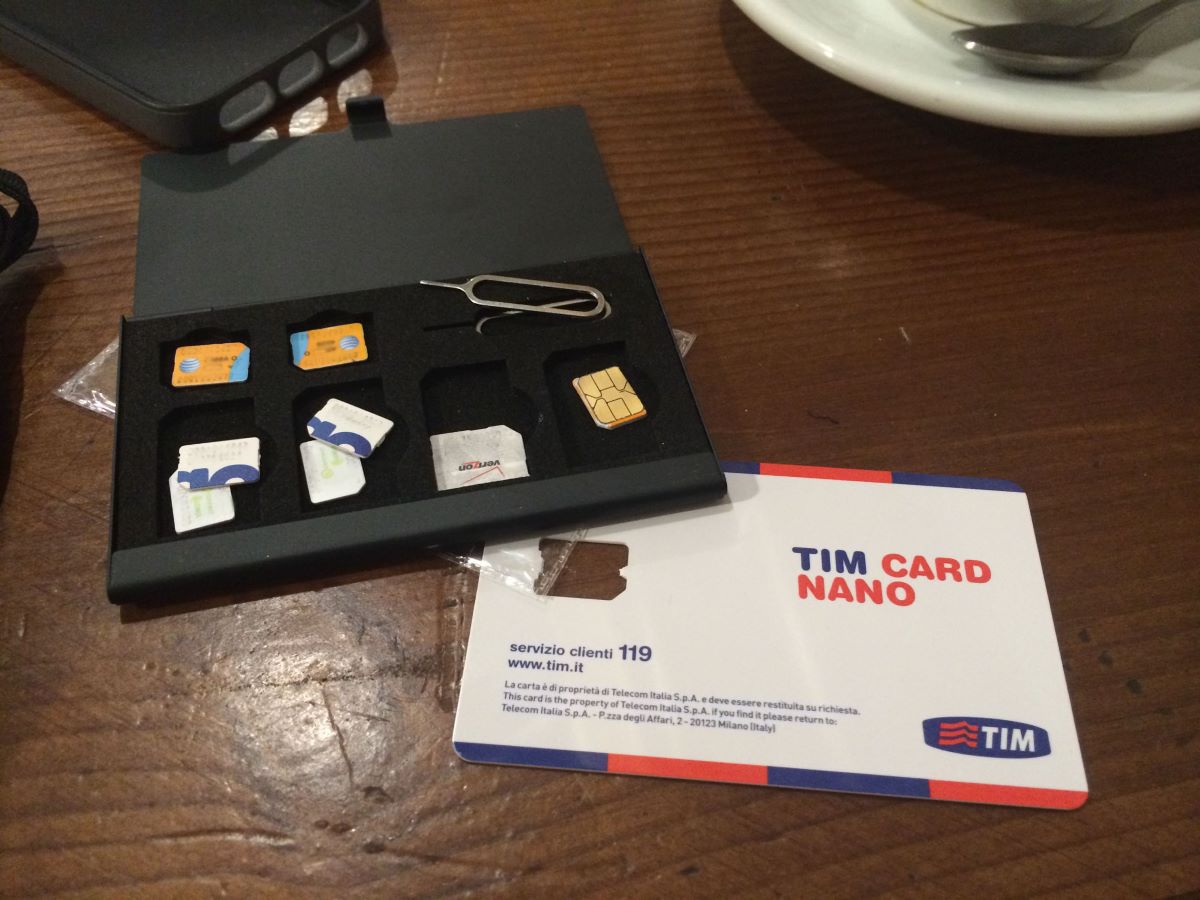
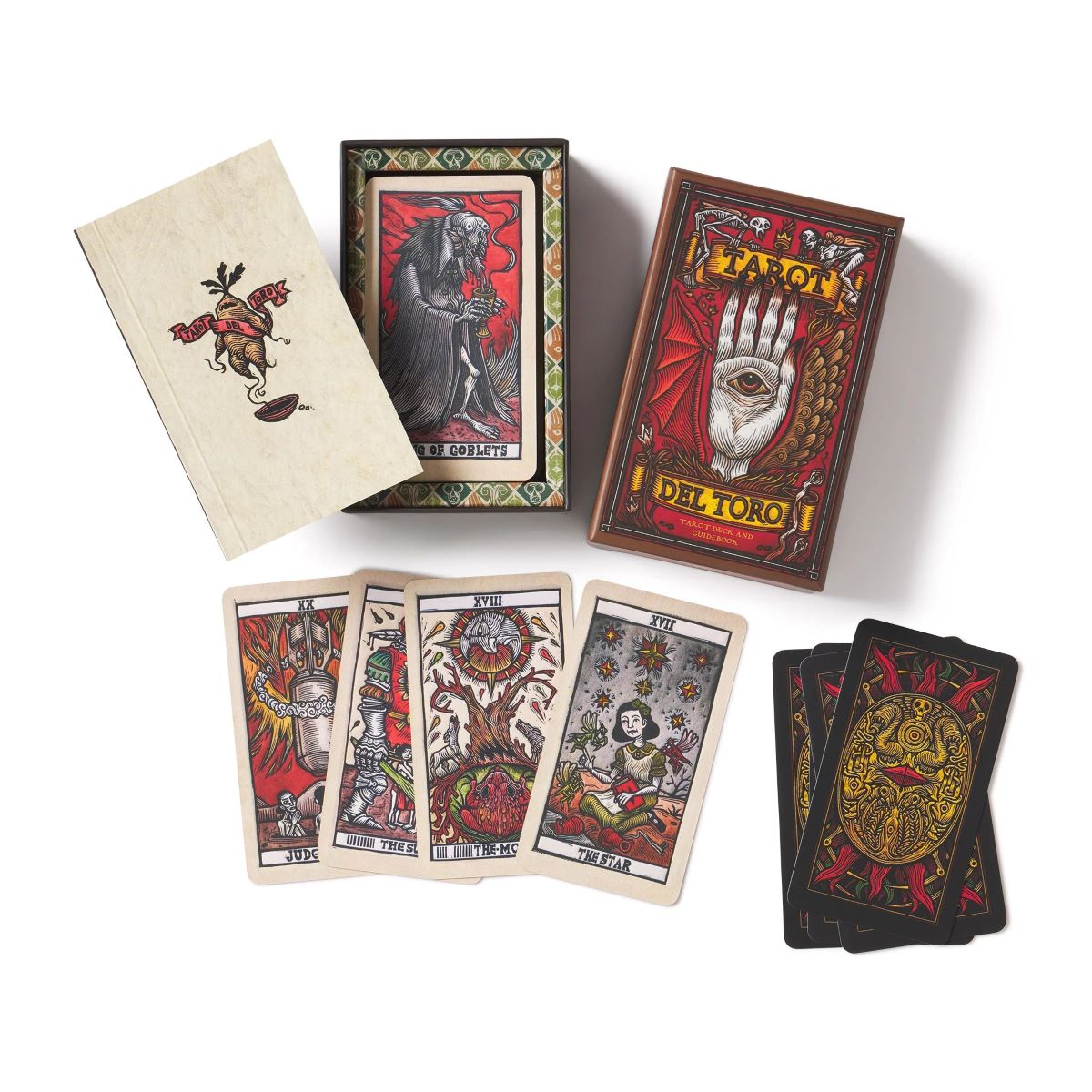
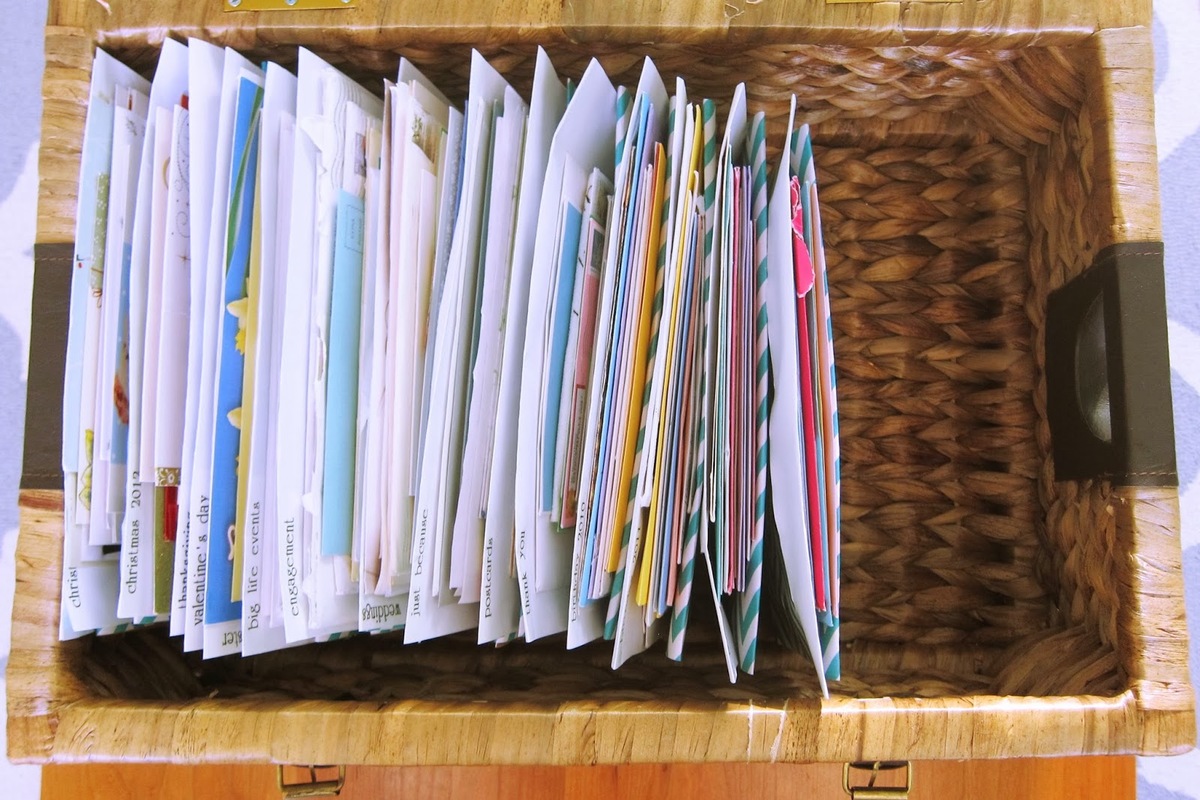
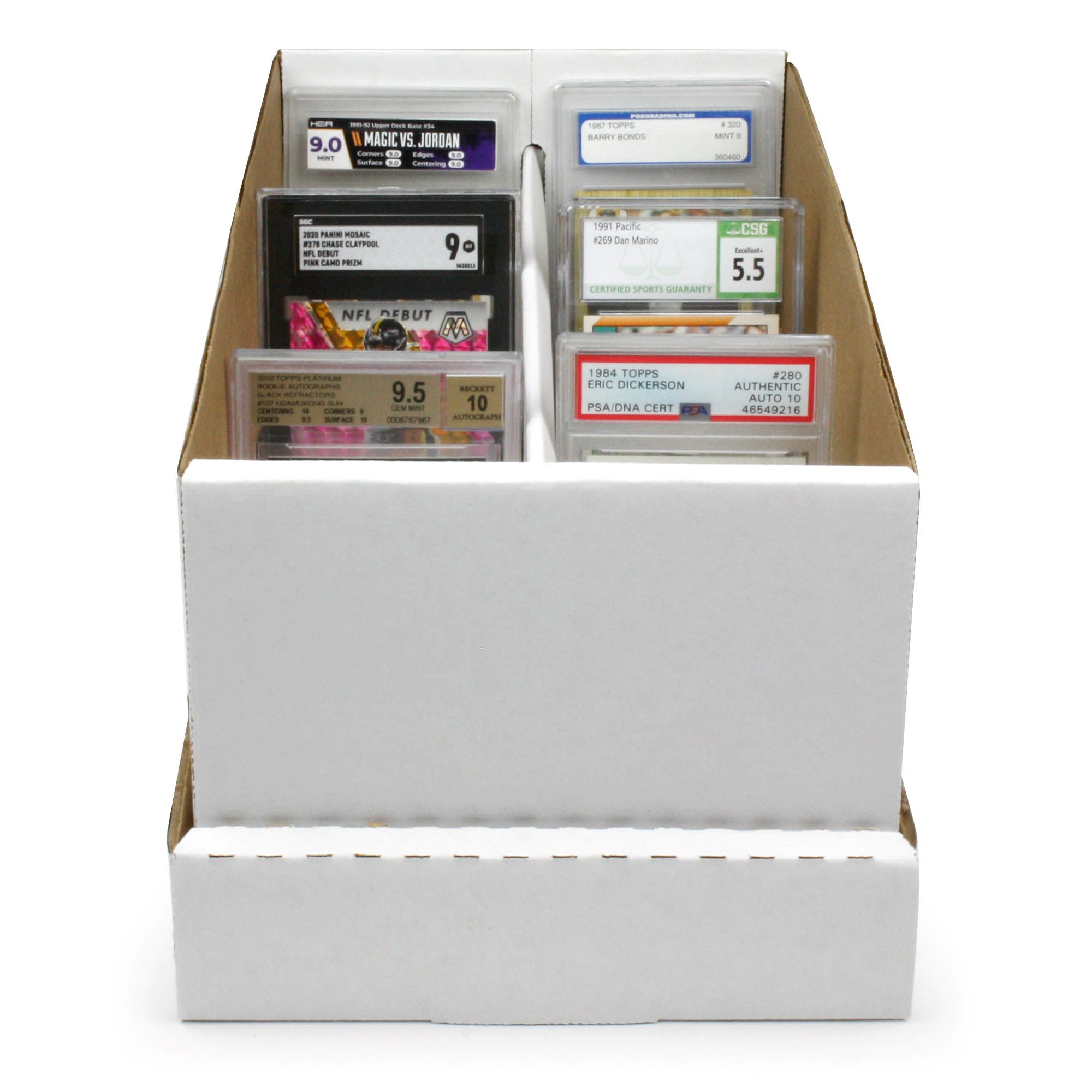


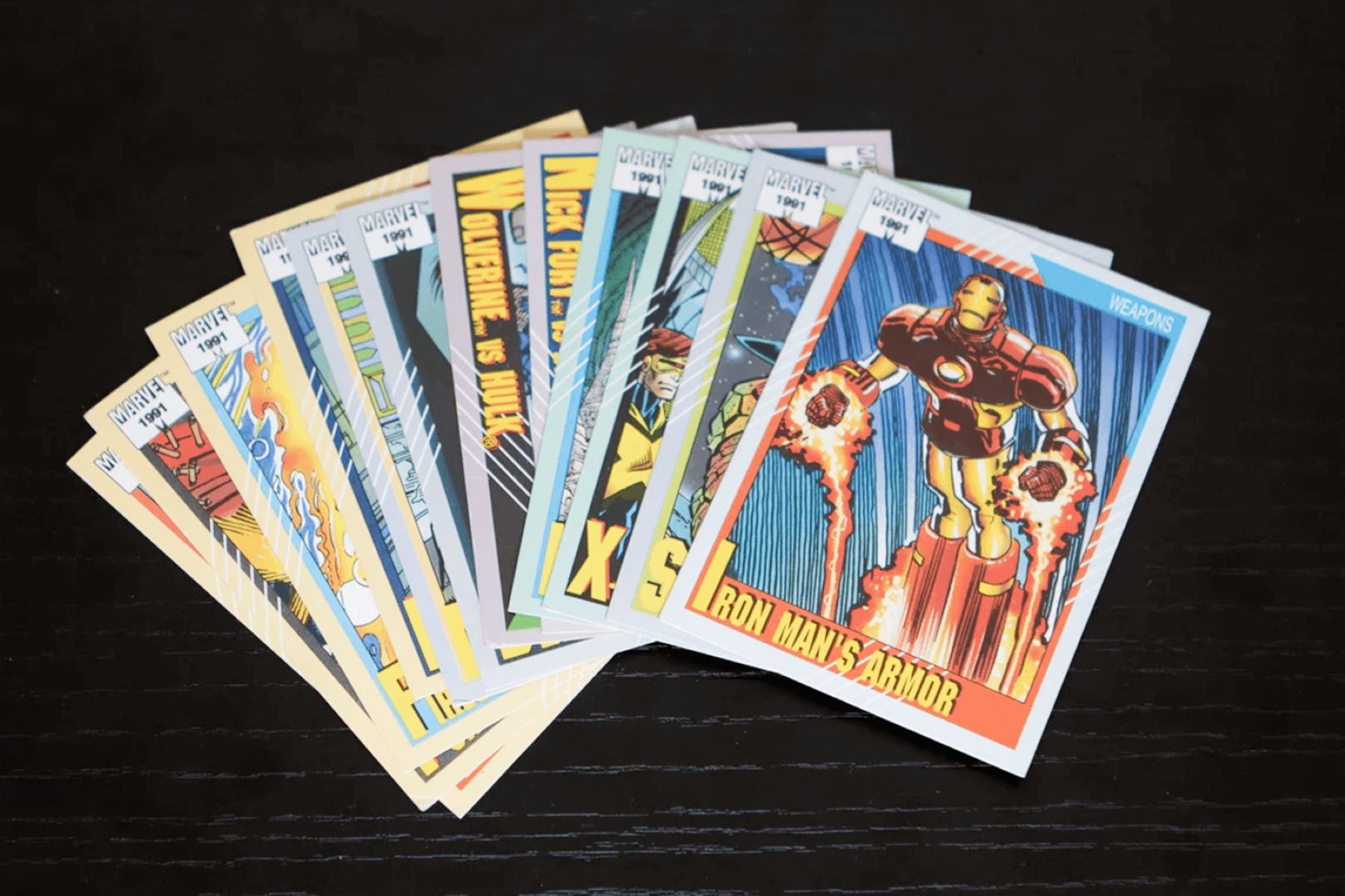
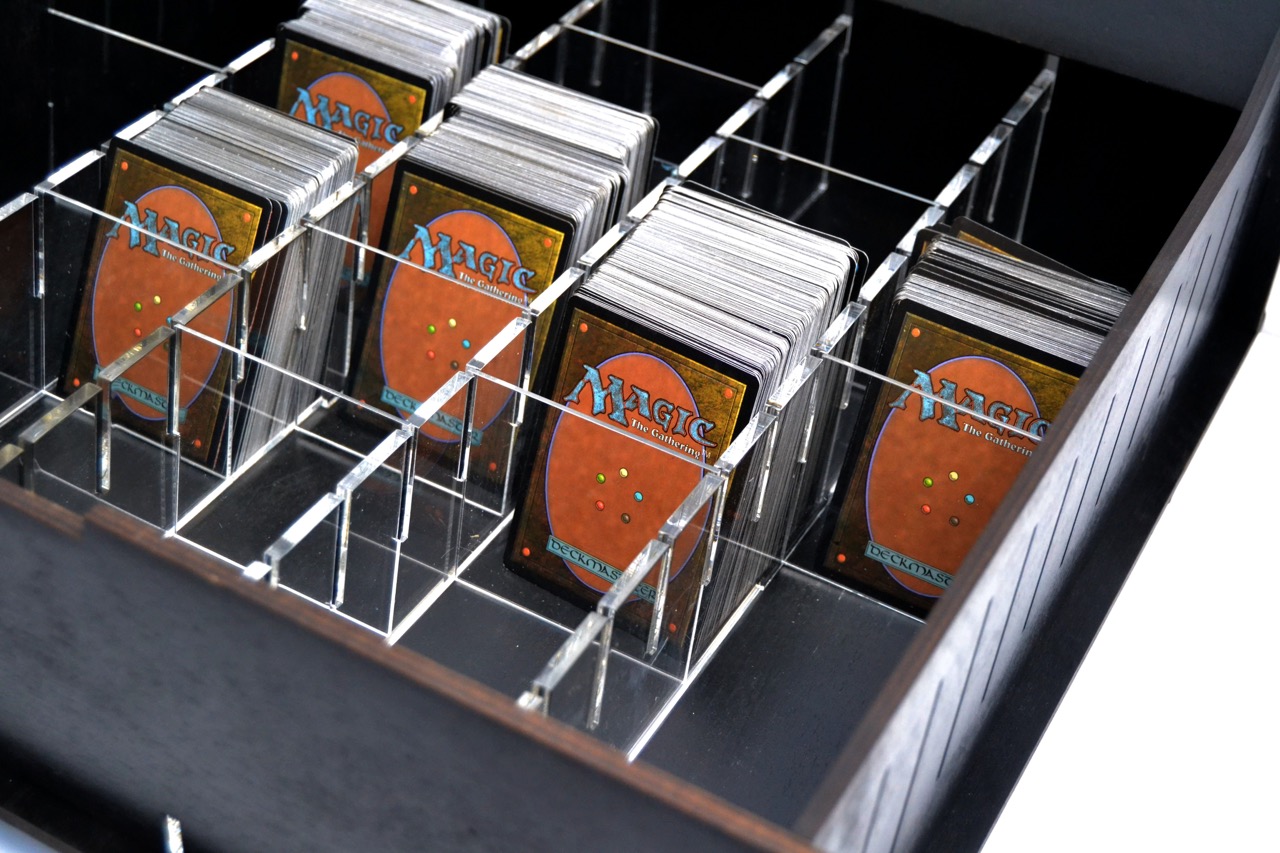
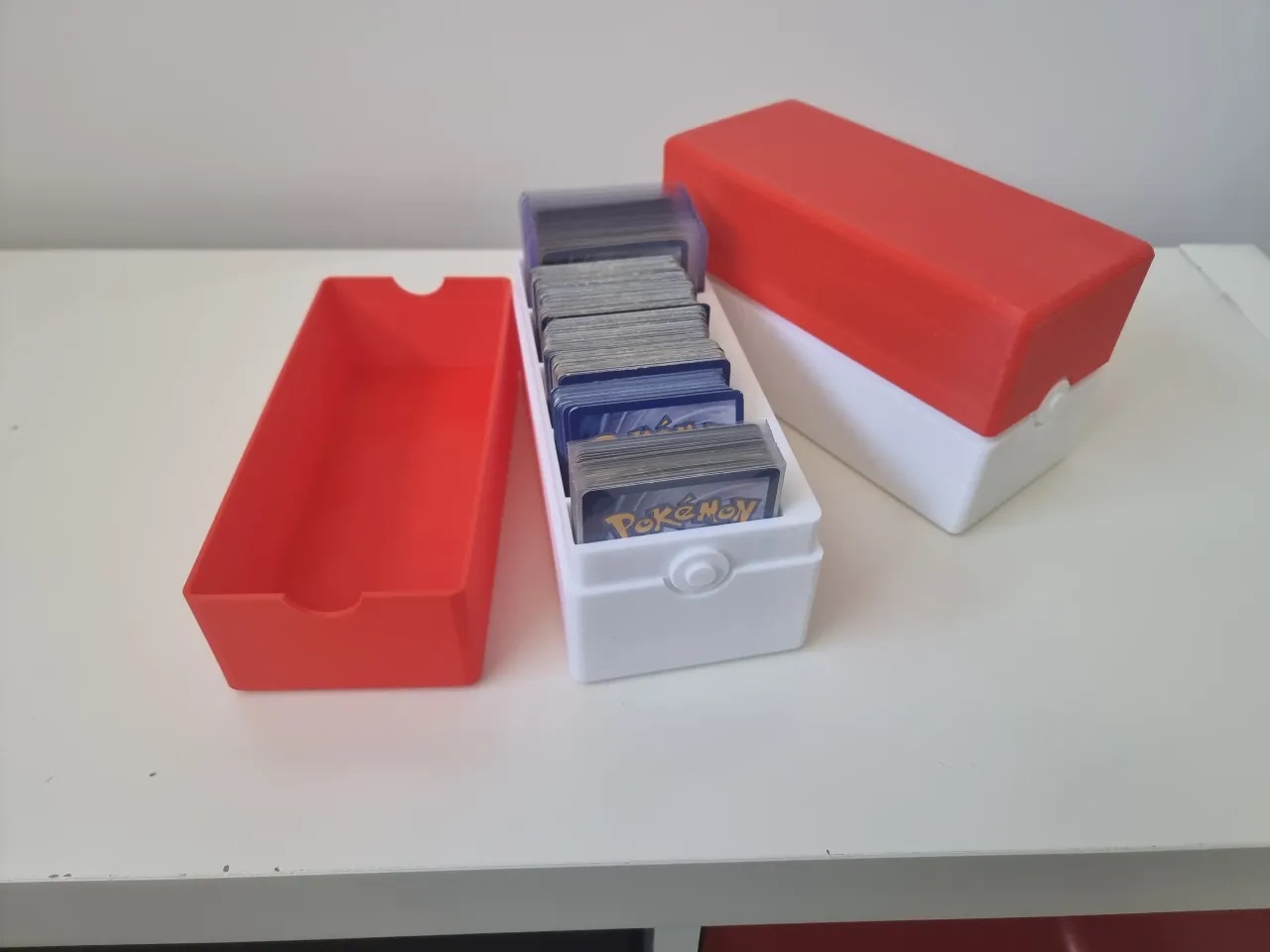
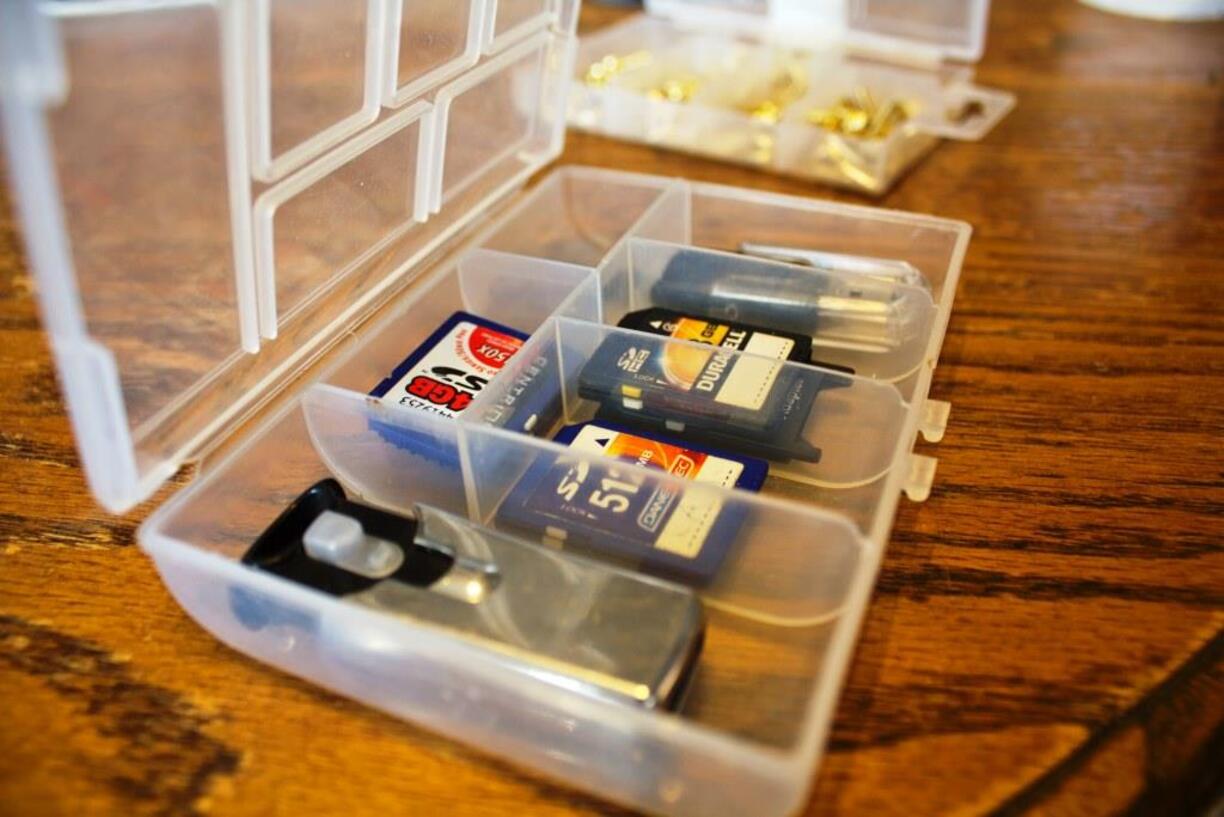
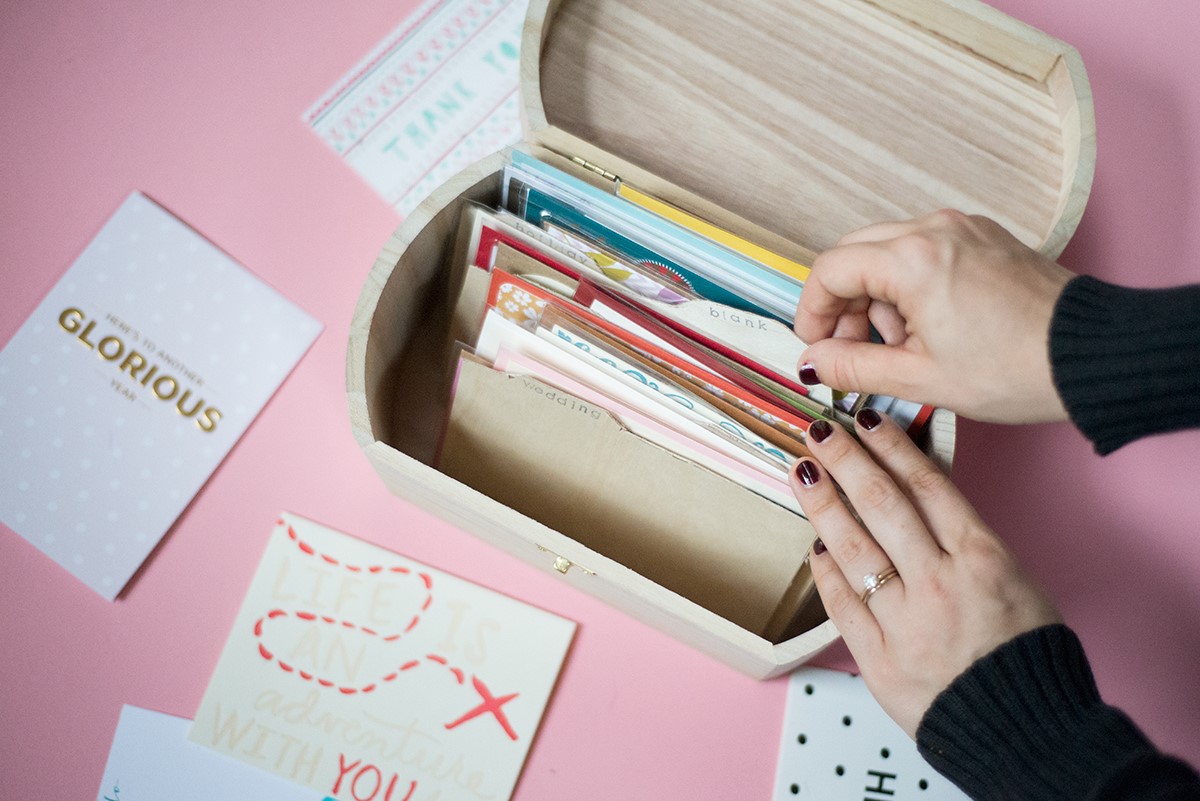
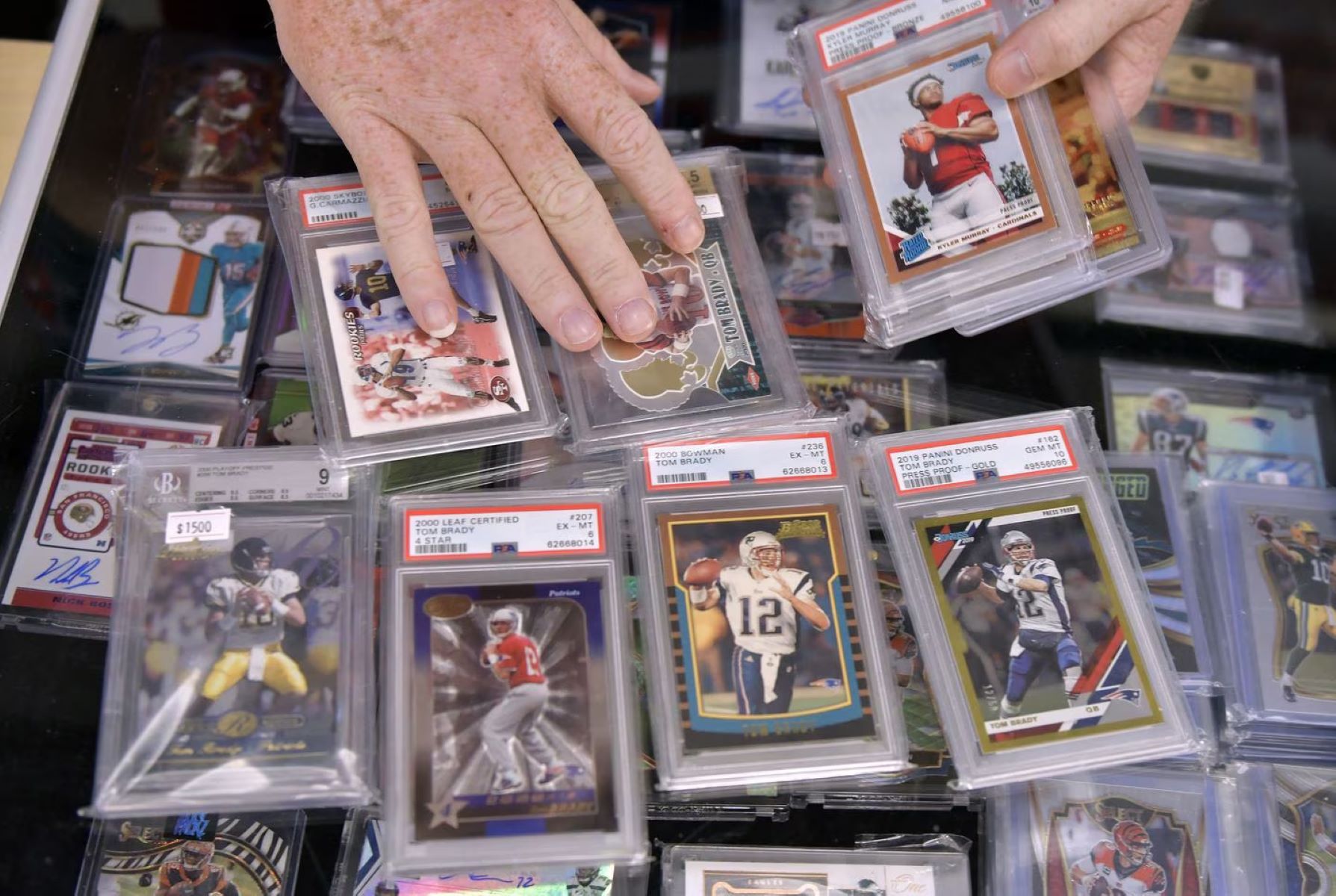
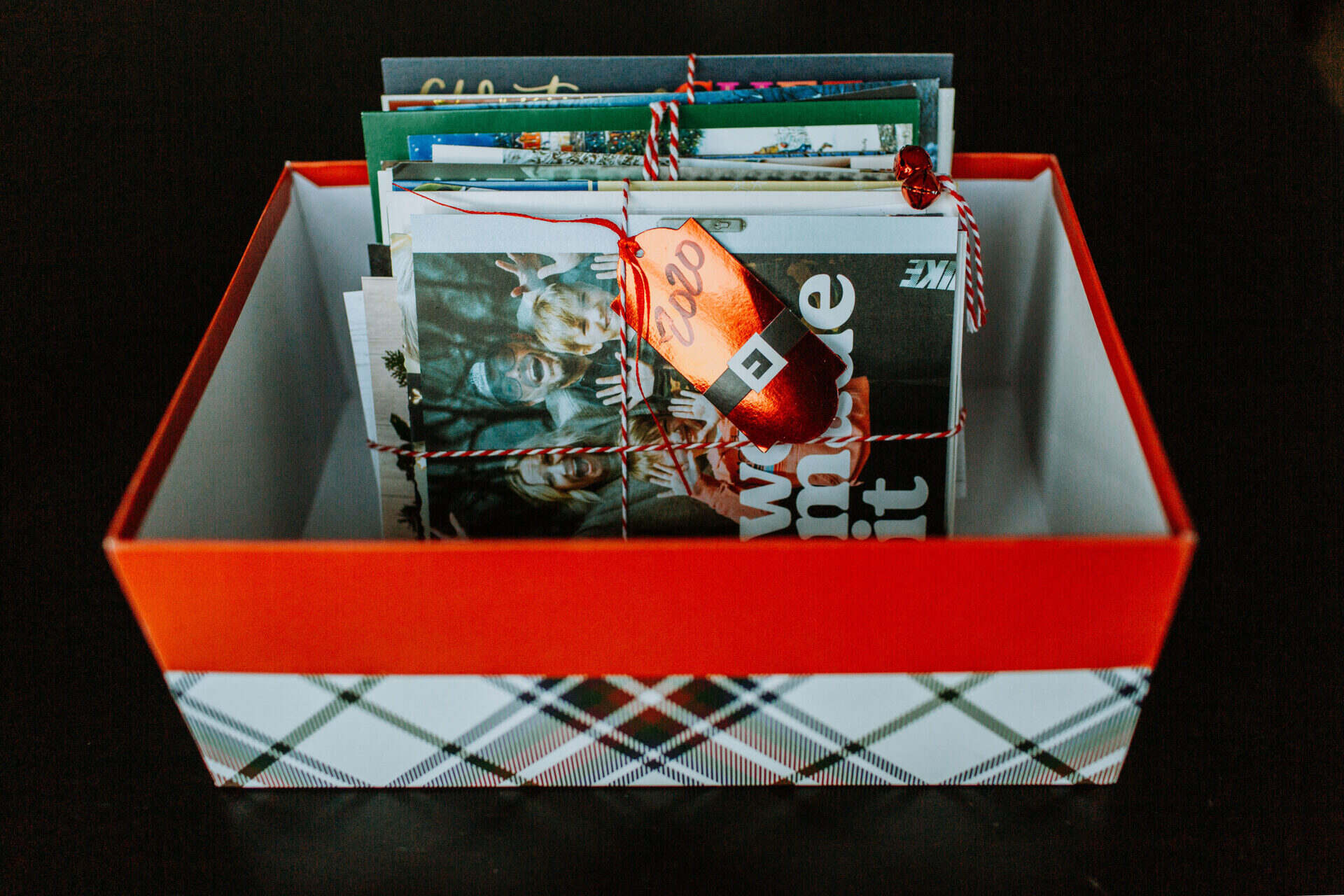
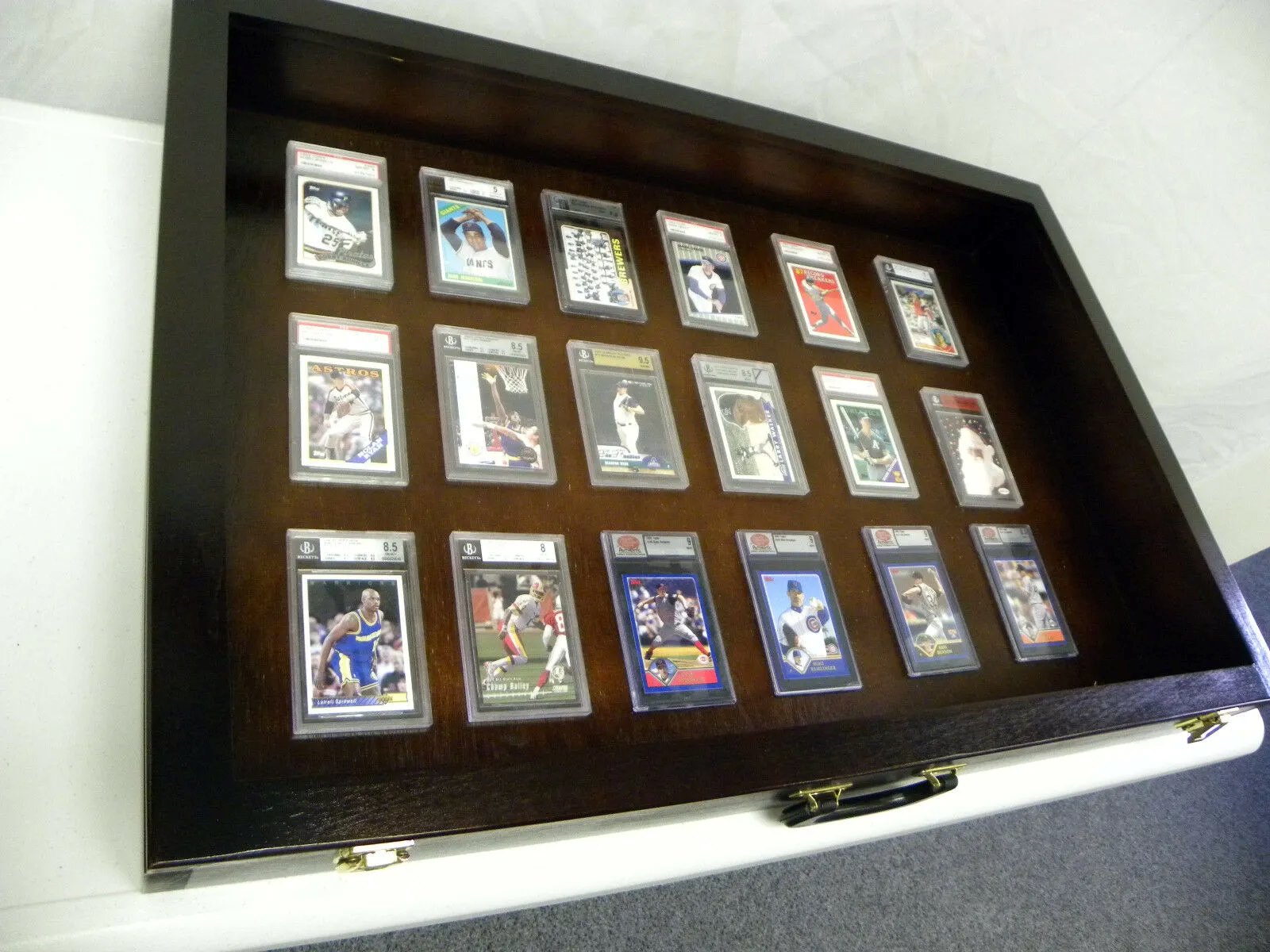

0 thoughts on “How To Store Mtg Cards”